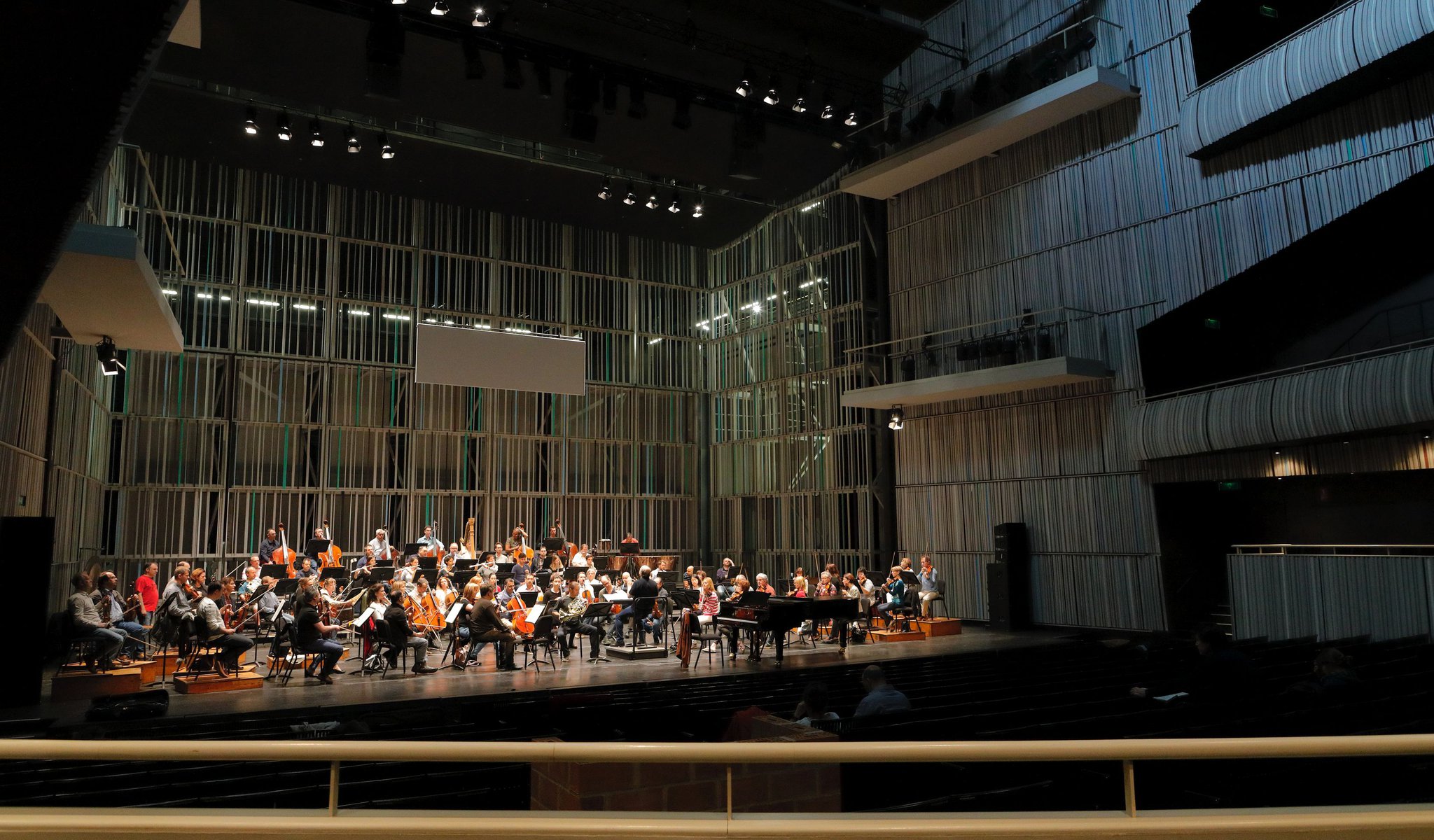
Program
Featuring
Other information
The event is about 2.5 hours long.
About the event
In the past few years, the Budapest Festival Orchestra and their leader, Iván Fischer, have become one of the most authentic performers of the symphonic oeuvre of Gustav Mahler. This is confirmed by hugely successful concerts and recordings of the highest order. This time, the composer’s most positive symphony will be performed, which, although it could not escape the shadow of the monumental Symphony No. 2 at the time, has by now found its due place in the repertoire. The “song-symphony,” with a heavenly theme, will be preceded by Franz Liszt’s piano concerto in A major, his first success in the field of concertos, where the piano, surprisingly from the composer, is not an outstanding solo instrument, but an organic part of the orchestra.
In the late 1840s Liszt, retired from performing, and settled down in Weimar as a court conductor. His focus as a composer shifted to hitherto neglected symphonic genres. Although it has No. 2 in its title, the piano concerto in A major was in fact composed before the other one in the pair, in E flat major. The several-times revised piece, had its premiere in 1857. Liszt only performed as a conductor at that time, so the piano part was played by one of his pupils, Hans von Bonsart, to whom the concerto was dedicated. The idea of composing a piano concerto had been on Liszt’s mind since 1830, as is suggested by the different versions of his piece entitled Malédiction. Though the piece sounds like one single movement, it can be divided into several sections. The composition is structured around a single, intimate and lyrical concept, bringing back the same theme with a different tempo and style (lyrical, dreamlike, rough, as silence before a storm and as a march) in each section, and finally, in the finale, as a fanfare of brasses.
The words “Mahler symphony” usually conjure up deep and painful music written for a huge apparatus. Symphony No. 4, composed in 1899, is in many respects a unique work in the composer’s symphonic oeuvre: it is hardly an hour long, uses a smaller orchestra than usual and has a more cheerful and friendlier theme. The piece is centered around the song entitled Das himmlische Leben (The Heavenly Life). Mahler had already composed the music for the poem from the cycle Des Knaben Wunderhorn (The Youth’s Magic Horn), where we can get a glimpse of heaven through the eyes of a boy, in 1892. The orchestral version of the song, performed with a soprano solo part, became the finale of Symphony No. 4, but its motifs are hidden in the earlier movements, too. Like the pieces of a jigsaw puzzle that will only become a meaningful whole at the last moment. The essentially idyllic atmosphere of the first movement is sometimes overshadowed by clouds. This duality returns in the dance-like second movement, where a solo violin, imitating a folk instrument, takes the lead, while the horn has important solo passages as well. After the lyrical series of variations of the slow movement, which also has some surprises in its denouement, comes the song finale, whose music, despite its joyous text, eventually becomes gloomy and gradually evaporates.
